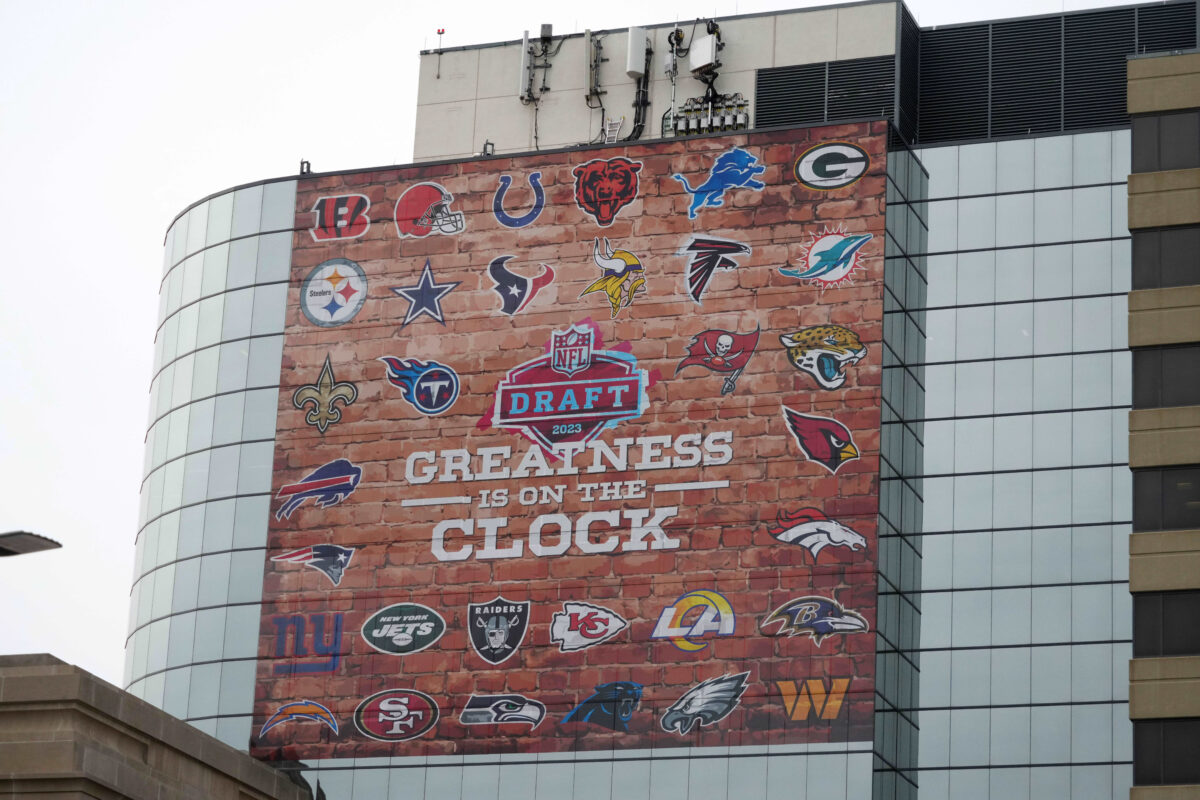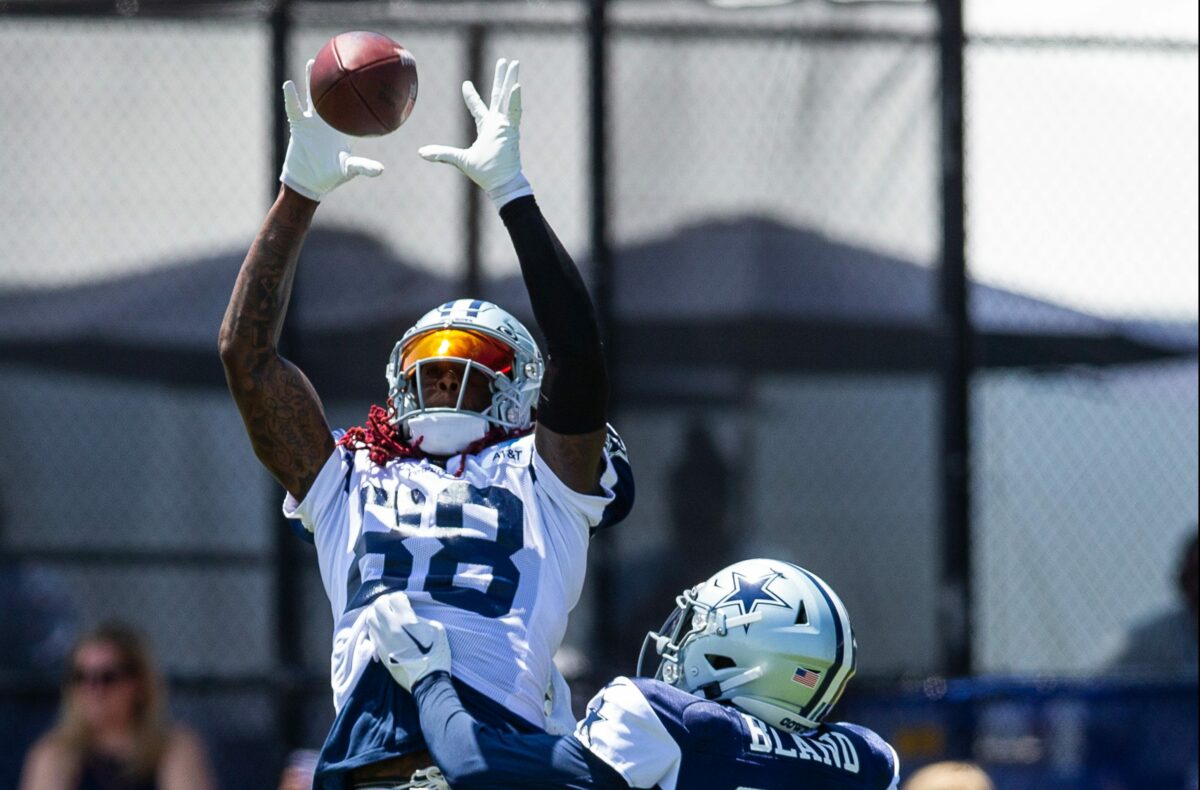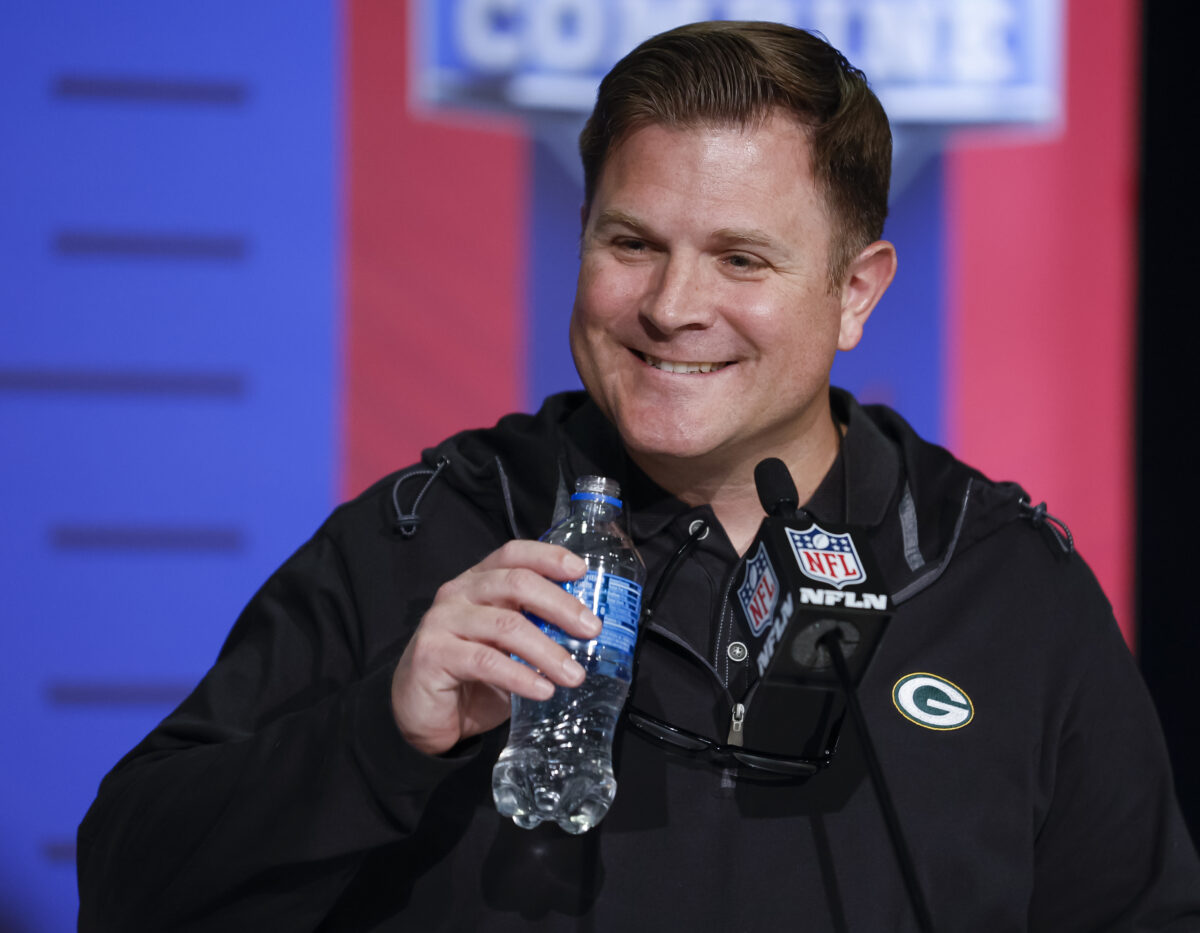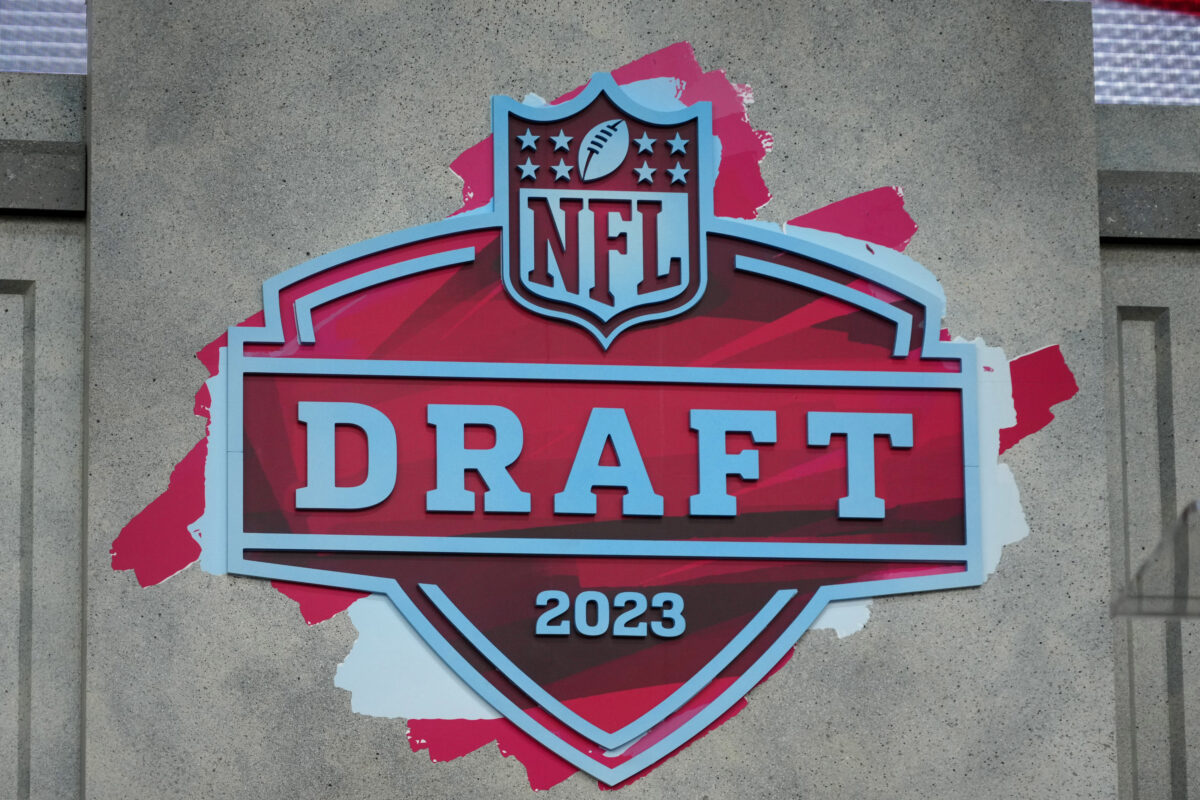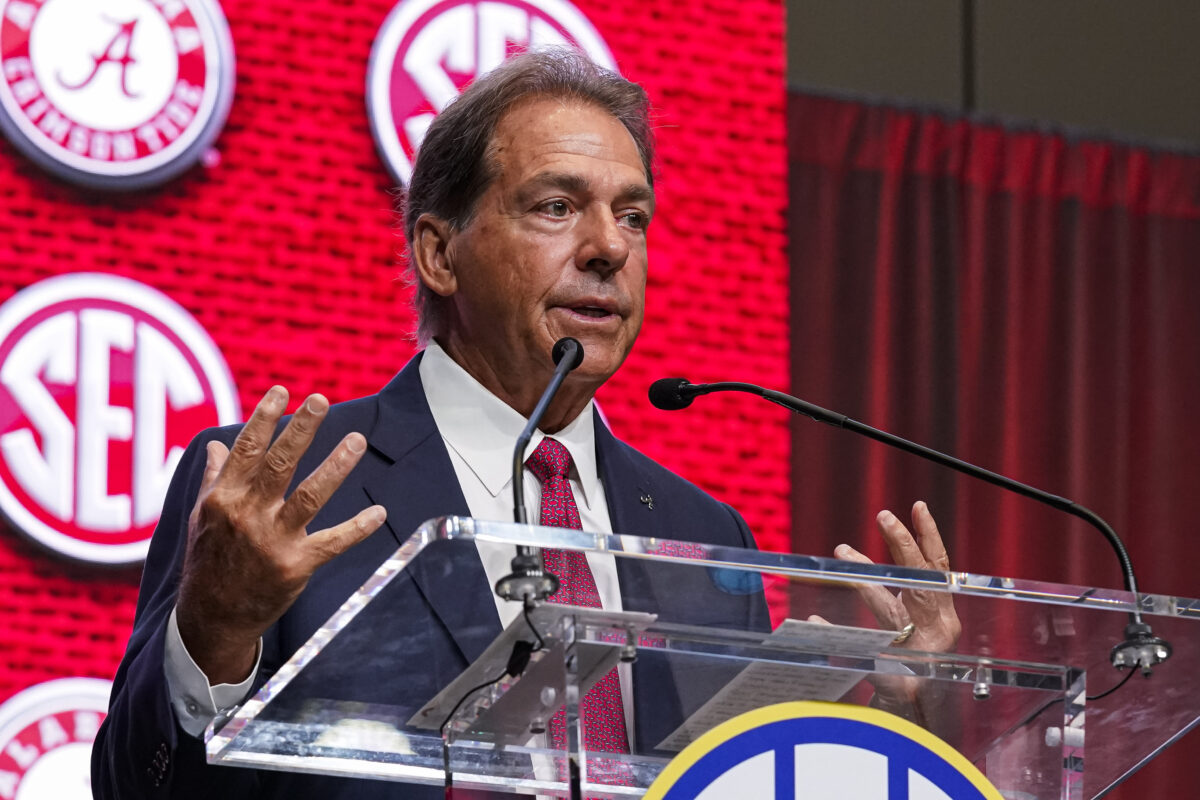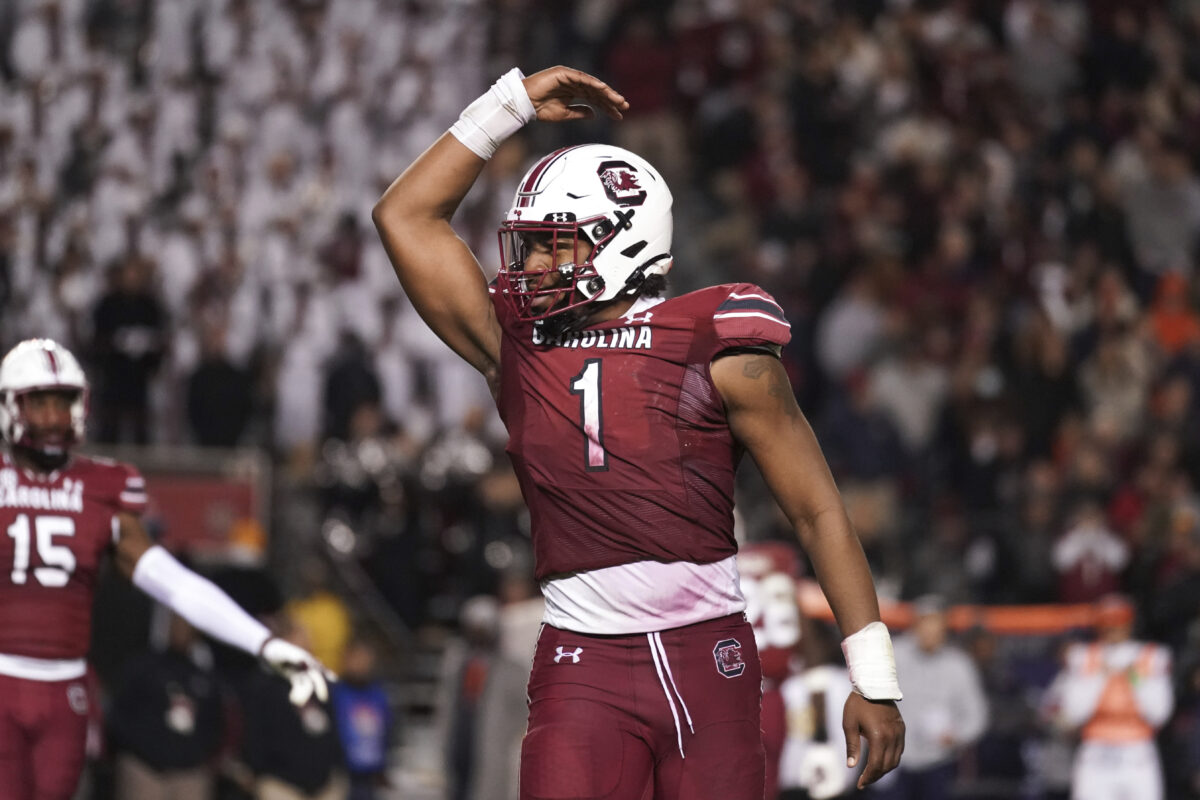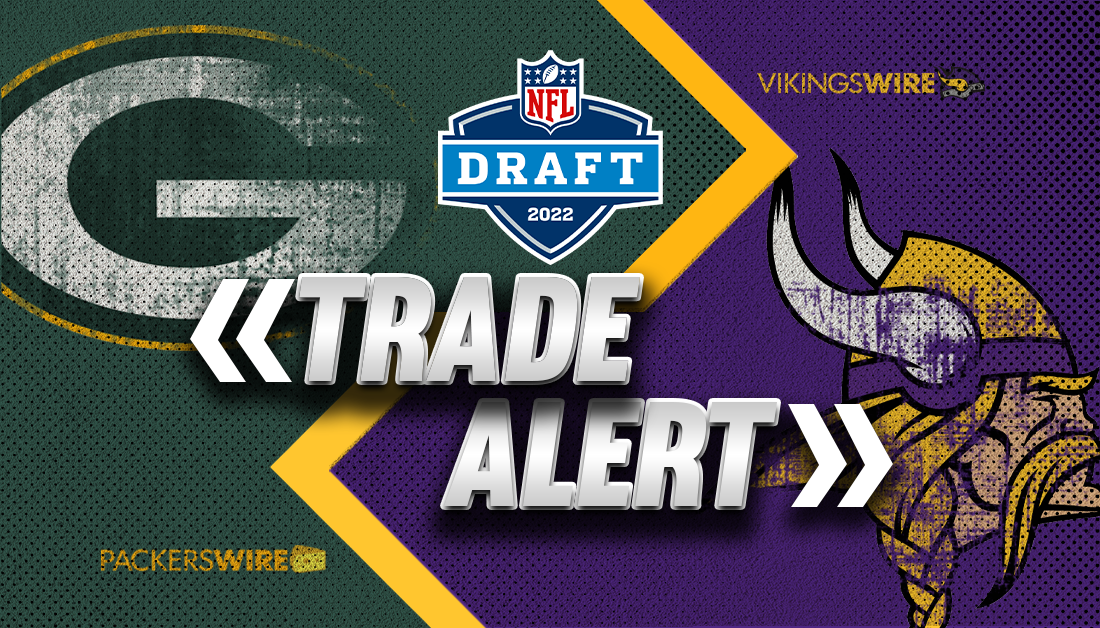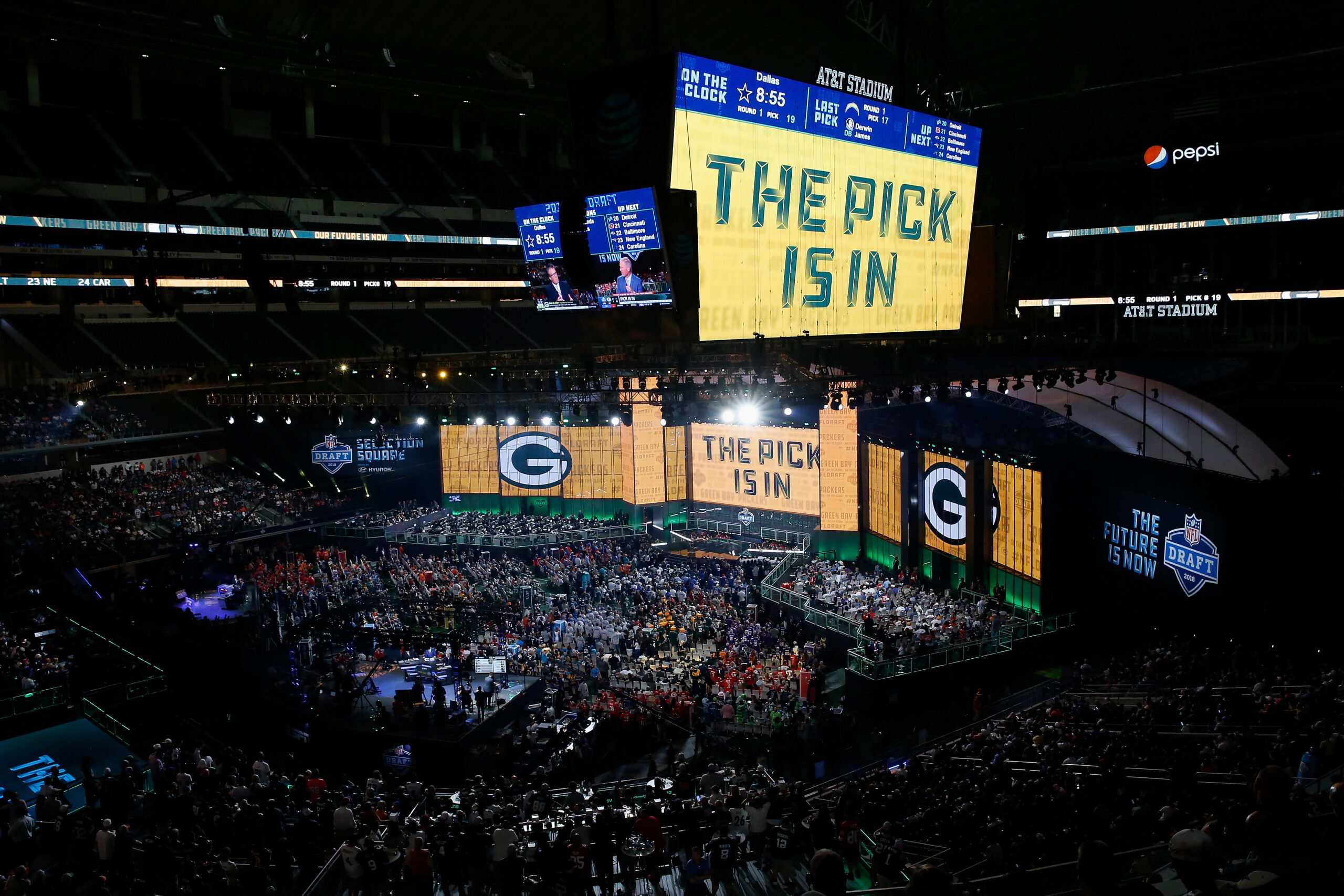Using the wisdom of the crowd, we assess how the Packers did in the 2023 draft relative to the consensus big board.
How did the Green Bay Packers do in terms of value during the 2023 NFL draft? This is a tough question to answer. Maybe impossible.
Value is an important part of the draft process. An understanding of the board is vital to judging how teams went about maximizing value during the draft.
However, establishing true “value” is incredibly difficult. Thirty-two teams have thirty-two different draft boards, and there is no consensus big board for all teams. Teams scout differently and have different schemes, coaching staffs and needs.
The best we can do is base value on the consensus of the information available.
Arif Hasan of PFN creates the go-to consensus board, which ranks the top 300 players in the draft class based on more than 70 different big boards from draft analysts. As Hasan says, “the consensus of these experts does a better predictive job than individual experts.” Wisdom of the crowd. The collective is better than the opinion of one.
Here are the Packers’ picks in the 2023 draft, their consensus rank, their pick number and the difference between the two. This is how we’ll establish value. For players not on the big board, difference was determined based on 259 total picks made.
| Player |
Consensus rank |
Pick number |
Difference |
| Lukas Van Ness |
17 |
13 |
-4 |
| Luke Musgrave |
47 |
42 |
-5 |
| Jayden Reed |
86 |
50 |
-36 |
| Tucker Kraft |
61 |
78 |
+17 |
| Colby Wooden |
123 |
116 |
-7 |
| Sean Clifford |
N/A |
149 |
-110 |
| Dontayvion Wicks |
171 |
159 |
-12 |
| Karl Brooks |
113 |
179 |
+66 |
| Anders Carlson |
N/A |
207 |
-52 |
| Carrington Valentine |
205 |
232 |
+27 |
| Lew Nichols III |
N/A |
235 |
-24 |
| Anthony Johnson Jr. |
218 |
242 |
+24 |
| Grant DuBose |
236 |
256 |
+20 |
| Total |
|
|
-96 |
This exercise is complicated by the fact that the Packers took three players (Clifford, Carlson and Nichols) who weren’t on the top 300 big board. All three will have to be considered big “reaches” relative to the big board, but we don’t know how big generally. In terms of the consensus, Clifford, Carlson and Nichols were all expected to be undrafted free agents. The three picks lost the Packers 186 value points.
The good news: the Packers other 10 picks gained 90 points of value overall.
The team’s first five picks all stayed fairly close to the big board when assessing the group overall (-35). Then things got squirrely. Clifford was a reach (Packers explain here), and taking a kicker usually means straying far from the big board. Nichols wasn’t on the big board but can hardly be considered a reach.
Although Reed was a moderate reach at No. 50, the Packers did trade back twice before selecting him, gaining picks at No. 159 (Wicks) and No. 179 (Brooks). Together, the three picks were actually good for 18 total value points relative to consensus.
Biggest reach: Clifford
Biggest steal: Brooks
Ultimately, the Packers took players in expected ranges until straying for a quarterback and kicker on Day 3. And they got great value on Brooks in the sixth and decent value with at least three picks in the seventh round.
Again, this isn’t a perfect exercise. In most cases, a team just doesn’t want to take a player considerably higher than the consensus, and the Packers did that a few times in this draft, but mostly for a backup quarterback and a specialist.
Overall, the process looked good relative to consensus. In fact, you could swap a few picks around (say, Reed for Kraft, Clifford for Brooks, or Carlson for Johnson) and the value would line up very well with the big board. The Packers didn’t want to lose out on a quarterback and kicker they liked, so they went earlier than expected.
[mm-video type=playlist id=01eqbxb1xg7g19wqdc player_id=01eqbvhghtkmz2182d image=]
